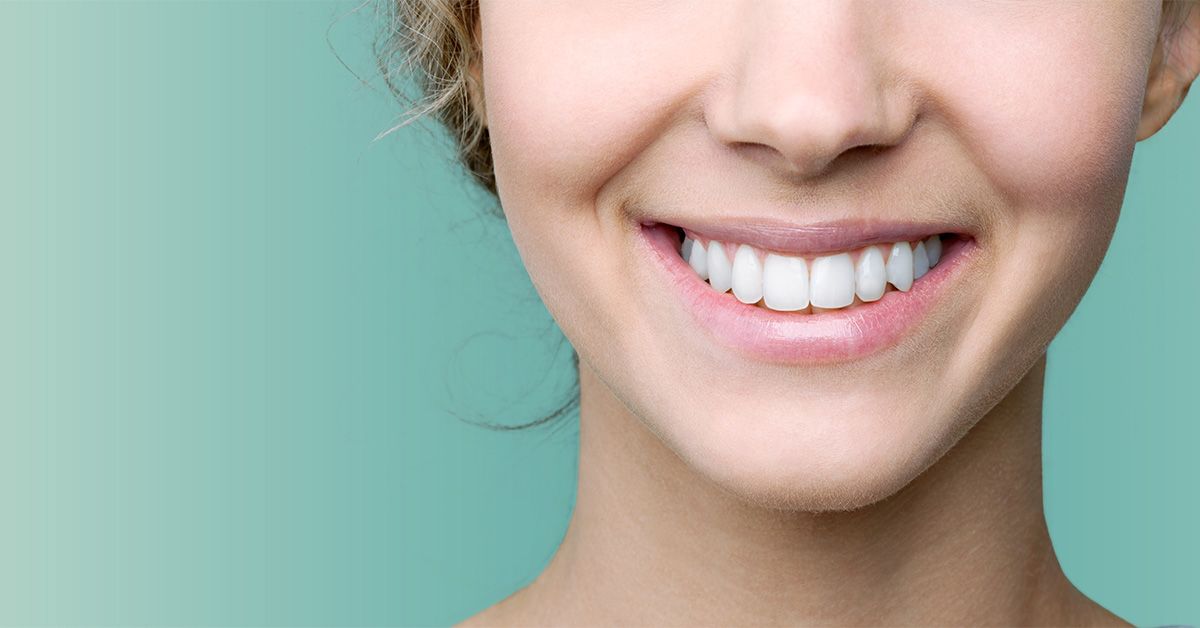
Marco Island Dentist Details Common Causes of Tooth Discoloration
Pearly white coloration is typically the first attribute that comes to most people’s minds when considering the aesthetics that make up an ideal smile. However, the color of our teeth enamel is challenged by food, drink, tobacco, medications, trauma, genetics, medications, aging, poor dental hygiene, and other factors, which means that most people struggle to keep their teeth white.
Tooth discoloration is so common that it is one of the most common dental concerns Dr. Jonathan Van Dyke at his Marco Island, Florida practice hear about. Dr. Van Dyke has in-depth knowledge about the causes of tooth discoloration. He and his team and can provide you with tips on how to prevent discoloration. Island Tower Dentistry also offers professional teeth whitening treatment options to help you restore the luminescence of your teeth.
Primary Causes of Tooth Discoloration
The natural color of your teeth begins with your ancestors—that is, genetics! Some family lines are just predisposed to thick pearly white enamel passed down through the generations through their genes. Conversely, genetics gives some people thinner enamel, which is more likely to present on the teeth with gray or yellowish hues.
Over time, influence on the color of your teeth by surface staining, intrinsic issues underneath the enamel, and the natural loss of enamel as you age. Surface staining is generally considered one of the biggest causes of tooth discoloration. Ingredients in certain foods, drinks, and other substances stain the enamel. You can significantly reduce such staining in the near term by rinsing with water immediately after consumption, while brushing, flossing, and professional cleaning can limit staining over the longer term. However, regular use of problem substances usually results in staining over time, no matter how good your dental hygiene is. Substances that are most likely to cause staining include:
- Coffee
- Tea
- Red Wine
- Beets
- Soy Sauce
- Tobacco
- Pasta Sauce
- Dark-colored juices
- Colas
- Blueberries
- Chocolate
Even absent consumption of such substances, surface stains can build up, especially if you neglect daily brushing and flossing. Poor dental hygiene leads to the buildup of plaque and tartar, which, while not a stain, certainly causes discoloration of the teeth.
Intrinsic issues relating to teeth discoloration are not as clear cut. Such staining is often beneath the enamel, usually more challenging to correct. Common causes of intrinsic tooth discoloration include:
Medications and medical treatments—some antibiotics can disrupt enamel formation in children’s teeth, causing them to look darker or yellowed. Other drugs, including antihistamines and antipsychotics, have also been linked to teeth discoloration. Teeth discoloration is a known side effect of some chemotherapy and radiation therapies used to treat cancer.
Diseases—some medical conditions prevent the normal development of tooth enamel and dentin, which can lead to teeth discoloration.
Dental materials—dental fillings and crowns made from silver sulfide amalgams can cause gray or black tinting in the surrounding enamel.
Trauma—a blow to the mouth during childhood can disrupt enamel formation, leading to discoloration. Sports injuries or other impacts to the teeth in adults can cause discoloration by killing nerves or disrupting tooth blood flow.
Tooth discoloration is inevitable as we age. Not only have our teeth undergone years of potential staining and intrinsic-related discoloration, but the enamel gets worn away while the yellow dentin continues to grow. This causes your teeth to look more yellow than white. The reduction in translucency can also make your teeth appear darker.
How to Reduce Tooth Discoloration
Given the numerous causes and inevitable passing of time, there is really no way to prevent tooth discoloration, but you can certainly take some steps to limit and delay its impact. As suggested, start with the basics by practicing the best dental hygiene possible. This means twice-daily (if not thrice) brushing and flossing and semi-annual professional cleanings. Know that whatever you might consume will be more likely to stain if you skip a brushing/flossing session. And, whenever you neglect the dental hygiene, you’re allowing discoloring plaque and tarter to build up.
Consider limiting your consumption of tooth-staining food or drink, or, at the least, ensure you rinse your mouth with water immediately after. For even better stain fighting, brush, and floss immediately after such consumption. If you smoke, vape, or chew tobacco, quit. Not only will this reduce staining, but it will also cut a significant gum disease risk factor.
Best Treatment For Whitening Discolored Teeth
The best means of eliminating stains and restoring the bright white sheen of your smile is through professional teeth whitening treatments offered by your dentist. Dr. Van Dyke offers his Southwest Florida-area patients several different treatment options and can customize a plan to address your specific discoloration and maintain whiter and brighter teeth for the longer term. To learn more about professional teeth whitening, contact Island Tower Dentistry today at 239-394-1004.